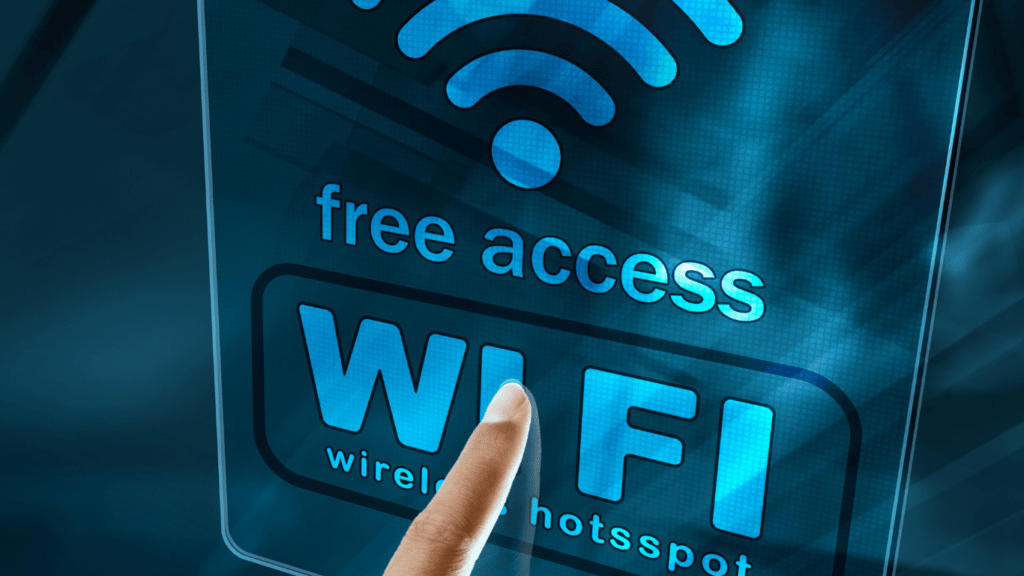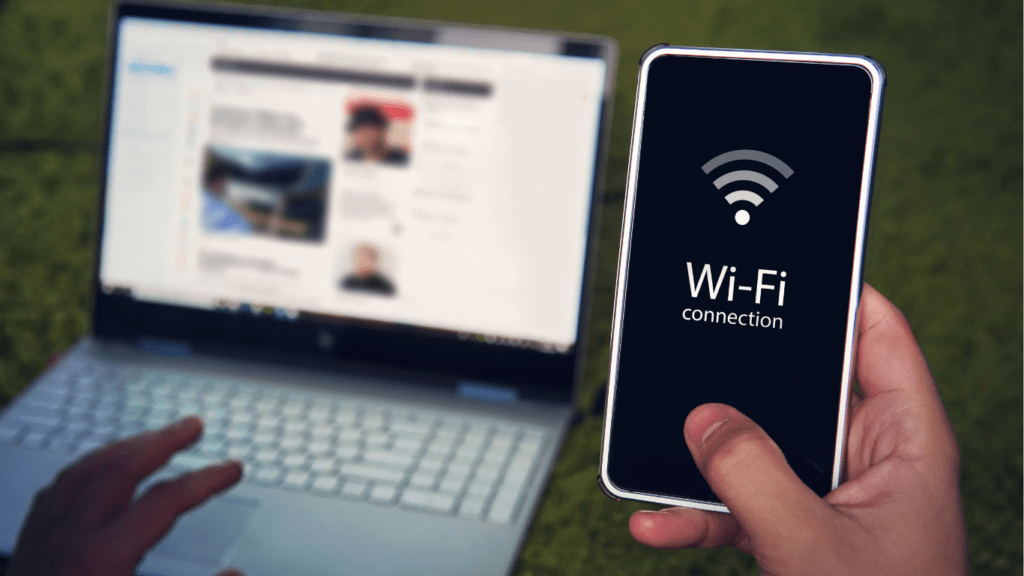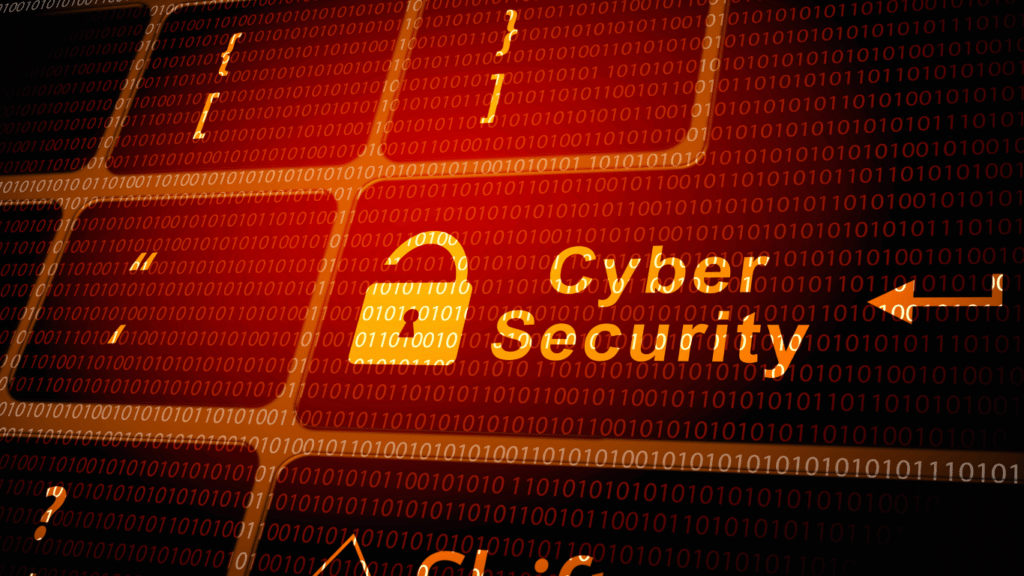Public Wi-Fi feels like a lifesaver when you’re out and about, but it comes with risks most people don’t think about. While it’s convenient to connect at a coffee shop or airport, these networks can expose your personal information to hackers lurking in the digital shadows. A quick login could lead to stolen passwords, financial data, or worse.
Understanding The Risks Of Public Wi-Fi
Public Wi-Fi networks often lack robust security measures, making them an easy target for cybercriminals. Recognizing specific vulnerabilities helps users take steps to protect their data.
Common Security Threats
- Man-in-the-Middle (MITM) attacks occur when attackers intercept communications between a user and a website. This allows them to steal sensitive data like login credentials or financial information.
- Evil Twin hotspots are fake networks designed to resemble legitimate ones. Users unknowingly connect to these networks, giving attackers access to their information.
- Packet sniffing, which involves capturing unencrypted data transmitted across a network, exposes users’ personal details and browsing activity to attackers.
- Malware distribution over compromised networks can infect devices when users download files or visit malicious websites.
Real-Life Examples Of Data Breaches
In 2017, attackers infiltrated a London coffee shop’s public Wi-Fi, stealing customers’ login credentials and email accounts. Users accessed the internet through an Evil Twin hotspot.
A well-documented case in 2019 involved hackers using MITM attacks at airport lounges across the US. They stole credit card details and personal information from travelers.
In 2021, reports revealed malware was distributed through an unsecured hotel network in Asia. Several business travelers’ devices were compromised, leading to data breaches in their companies.
The Hidden Dangers Of Public Wi-Fi
Public Wi-Fi networks present significant threats to users’ security and privacy. Attackers exploit these unsecured environments through various methods, putting sensitive data like passwords and personal details at risk.
Man-In-The-Middle Attacks
Man-in-the-Middle (MITM) attacks compromise data between users and network connections by intercepting the communication. Hackers, positioned between you and the public Wi-Fi’s server, can steal login credentials, credit card information, or private messages. For instance, a 2019 study revealed that MITM tactics at major US airports led to over 300,000 stolen credit card records. Unencrypted networks make such eavesdropping easier for attackers.
Fake Wi-Fi Hotspots
Fake Wi-Fi hotspots, often called Evil Twin hotspots, mimic legitimate networks to deceive users. Hackers set them up near high-traffic areas like cafes or airports, tricking users into connecting. Victims unknowingly share private information, such as banking logins or business emails, over these fake networks. In one 2017 case, cybercriminals used an Evil Twin hotspot outside a London coffee shop, resulting in hundreds of compromised accounts in under a day.
Malware Distribution
Cybercriminals distribute malware using unsecured public Wi-Fi by injecting malicious files during data transfers or installing spyware. Many users accidentally download malware simply by connecting. A 2021 report documented a prominent case in an Asian hotel where malicious software spread across the network, breaching sensitive client data for over 50 business travelers. Such incidents highlight the importance of proper safeguards.
Tips For Safe Browsing On Public Wi-Fi

Protecting personal data while using public Wi-Fi requires specific precautions to minimize vulnerabilities. Applying these safety measures can significantly reduce the risks of security breaches.
Use A Virtual Private Network (VPN)
A VPN encrypts internet traffic, ensuring sensitive data stays secure even on unsecured networks. I recommend using reputable VPN services like:
- NordVPN
- ExpressVPN
which protect against threats like Man-in-the-Middle attacks and packet sniffing. VPNs mask browsing activity, preventing hackers from accessing login credentials or financial information.
Enable HTTPS and Avoid Sensitive Transactions
Prioritizing websites with HTTPS ensures encrypted communication, reducing exposure to data theft. I check website URLs for the “HTTPS” prefix and avoid logging into banking or email accounts over public networks. Conducting sensitive transactions, such as online payments, should be deferred to private, secured networks whenever possible.
Turn Off File Sharing And Auto-Connect Features
File sharing settings can inadvertently expose personal files to other users on the same network. I disable sharing options in my device’s network settings and ensure auto-connect to Wi-Fi is off to avoid connecting to fake Wi-Fi hotspots. Confirming these settings reduces the chances of unauthorized data access.
Alternative Solutions For Safe Internet Access
Opting for alternative internet access methods enhances security while browsing outside secured networks. These options bypass the vulnerabilities of public Wi-Fi, reducing exposure to cyber risks.
Personal Hotspots
I rely on mobile devices to create personal hotspots when avoiding public Wi-Fi risks. Personal hotspots establish encrypted connections, offering a secure internet source while traveling. Many smartphones support this feature, which turns cellular data into a Wi-Fi signal. For instance, using a hotspot ensures data is transmitted directly through my device rather than an untrusted public network. Keeping the hotspot password-protected prevents unauthorized access.
Mobile Data Over Wi-Fi
Using mobile data prioritizes safety by leveraging cellular networks, which are inherently more secure than public Wi-Fi. Cellular networks use encryption and authentication protocols, making them less susceptible to common threats like packet sniffing. When conducting sensitive tasks like online banking or accessing work applications, I prefer mobile data, even if it consumes more data allowances. Knowing that this option minimizes risks allows me to operate with confidence.


